
Across America, an insidious invasion is underway, and feral hogs are wreaking havoc on ecosystems, economies, and communities. These robust, adaptable creatures have been laying a trail of destruction that could threaten the very foundation of the nation’s natural landscape. From the heat of Texas to the rain-soaked forests of Hawaii, feral hogs are outwitting hunters, outmaneuvering conservationists and outrunning efforts to contain them.
The Threat Feral Hogs Pose
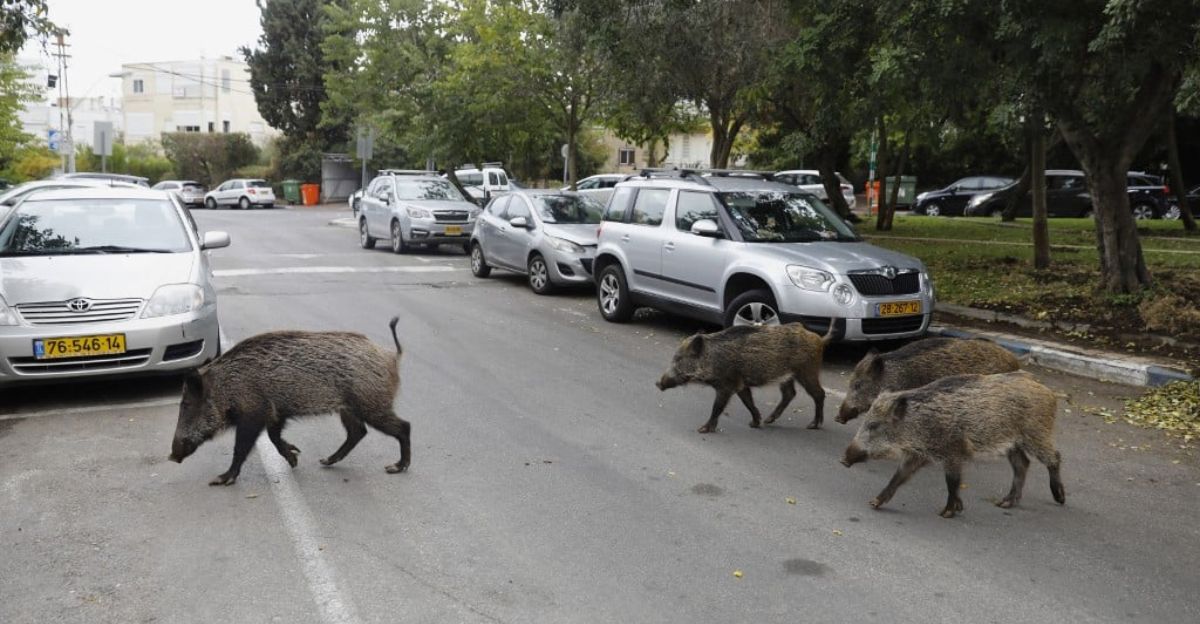
Feral hogs pose a serious threat to the states where they are most widespread. They cause enormous economic losses, estimated at approximately $2.5 billion annually, through crop destruction, infrastructure damage, and the devastation of natural habitats. They also spread diseases and parasites, which pose health risks to humans and livestock alike. Furthermore, their ecological impact is enormous, as they displace native species and weaken ecosystems.
1. Hawaii
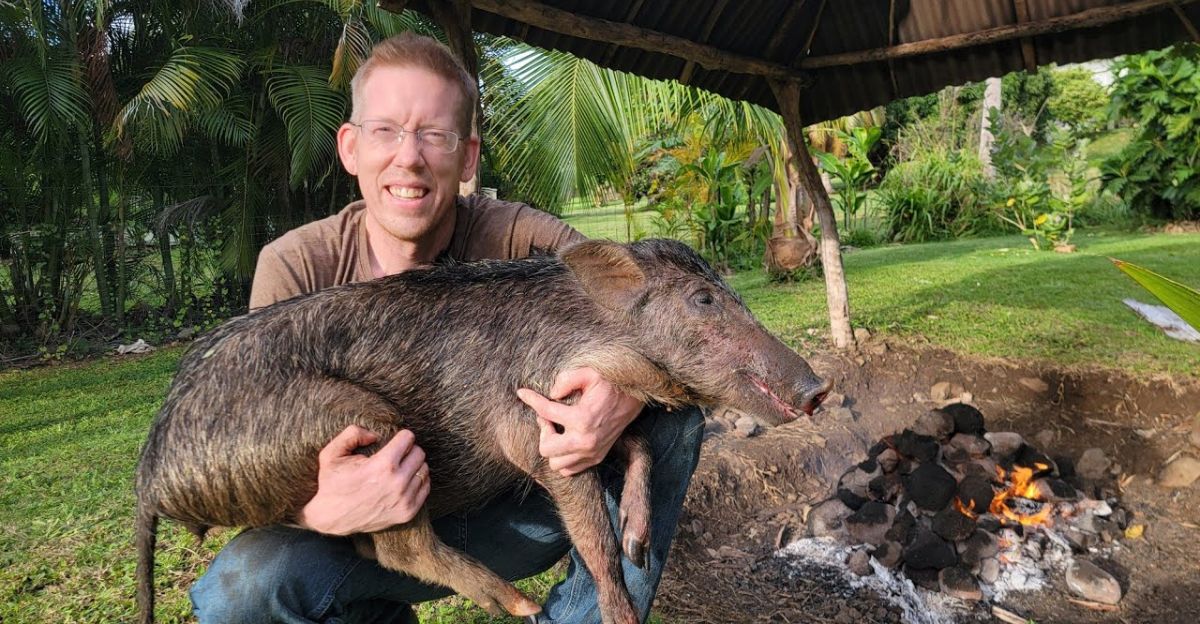
Hawaii is a remarkable case study because feral hogs were introduced to the island over 1,500 years ago. Unlike other states, Hawaii’s feral hogs had centuries to establish themselves, having been introduced by Polynesian and European settlers. The hogs are commonly hunted to curb their destructive, long-term impacts on the island’s native species and overall ecosystem.
2. New Mexico

Feral hog populations in New Mexico have expanded beyond their initial range and pose threats to native wildlife, agriculture, and the environment. As a result, residents can freely and legally hunt these animals without any license or limitation, going against the norm of conservation practices. Further, the state passed a law in 2009 making it illegal to import, hold, release, or sell feral hogs.
3. South Carolina

Wild hog populations can be found in all 46 counties in South Carolina, where their growth is partly due to intentional relocation from Texas. This poses a significant threat to the state’s ecosystems and negatively impacts its economy, raising questions about the ethics and consequences of human-assisted spread of invasive species.
4. Georgia
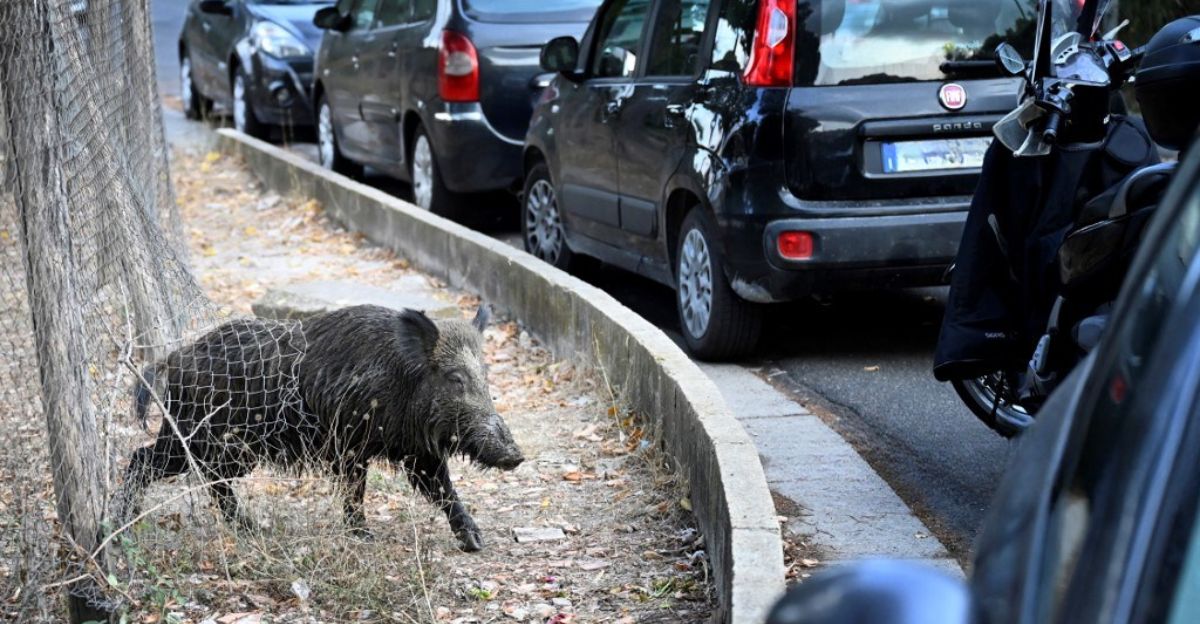
With 1,377 reports, Georgia’s diverse landscapes provide ideal habitats for feral hogs, leading to widespread issues. The state has intense control measures (trapping, shooting, euthanasia), which have had little dramatic effect on the population in the face of immense economic loss, raising questions about whether existing control methods are ineffective.
5. Florida
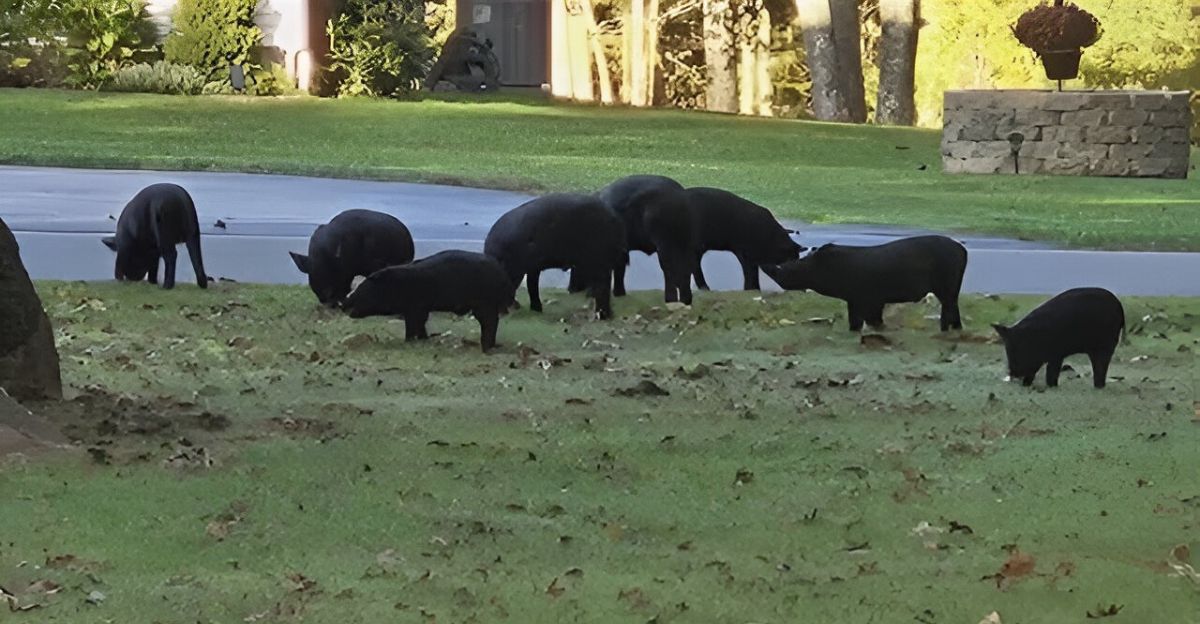
Florida’s diverse habitats accommodate a vast number of feral hogs, with roughly 1,193 reports of populations thriving in its warm climate and varied ecosystems. A study on how hogs adapt and survive in diverse habitats could be the key to understanding the resilience and persistence of dissemination while providing better insight into how to control the spread of these destructive populations.
6. Louisiana
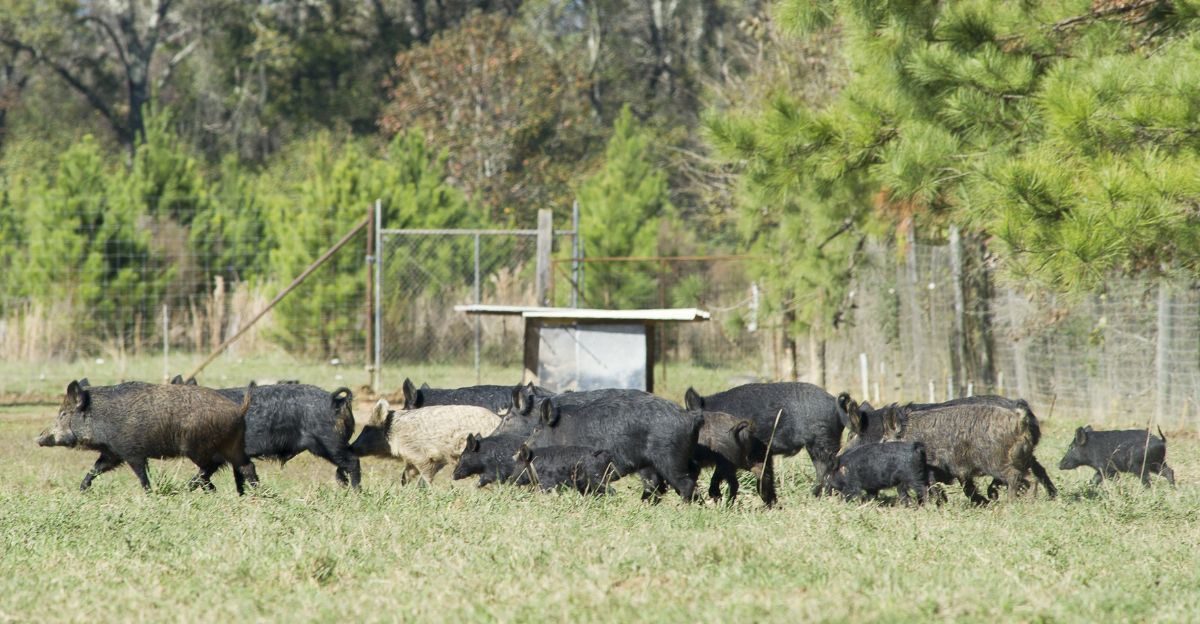
With 613 reports of feral hogs, Louisiana’s wetlands and forests are particularly vulnerable to invasions. With high economic impacts on the state, Louisiana state allows innovative hunting techniques, such as aerial hunting, which could be used as a model for other states to adopt more active control measures.
7. Oklahoma
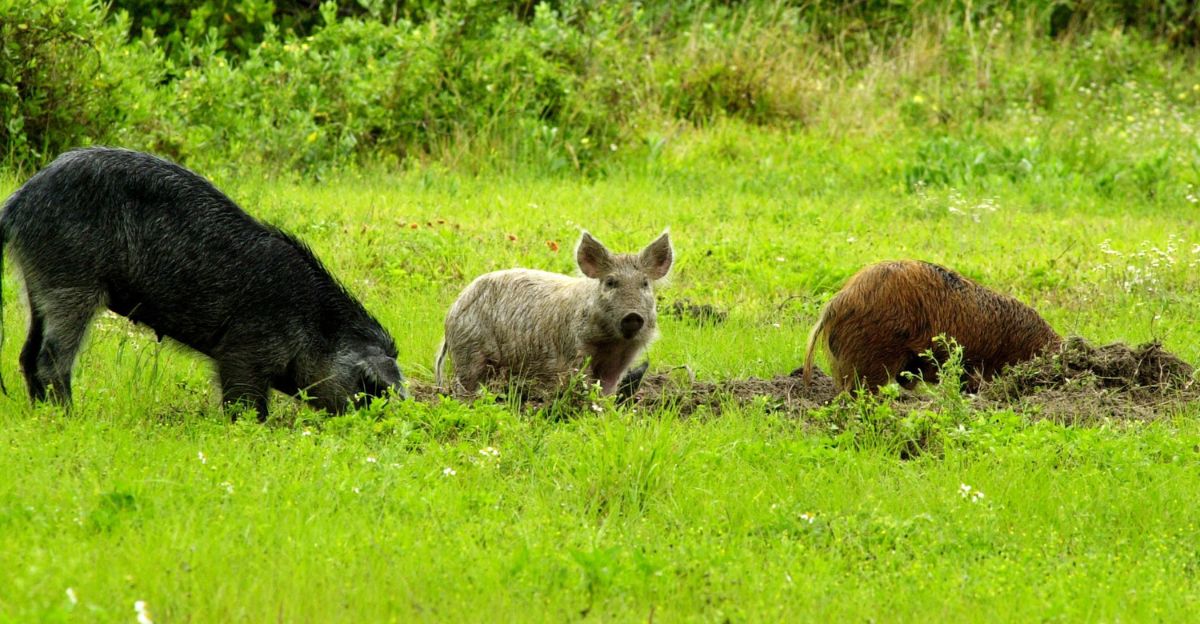
Oklahoma has over 1.5 million hogs, with roughly 665 reports of hogs causing notable ecological and economic challenges. The state has one of the highest feral hog populations in the nation, with hogs found in 70 of the state’s 77 counties, showcasing how challenging it is to manage large and widespread invasive species populations.
8. Texas

Leading the nation with 2,425 feral hog reports, Texas faces extensive agricultural damage due to these invasive animals. The extent of Texas’s feral hog pest problem, in addition to its innovative hunting techniques, such as aerial hunting, makes it a leading example of the extent of the problem and the extent to which control measures may be pursued.
9. California
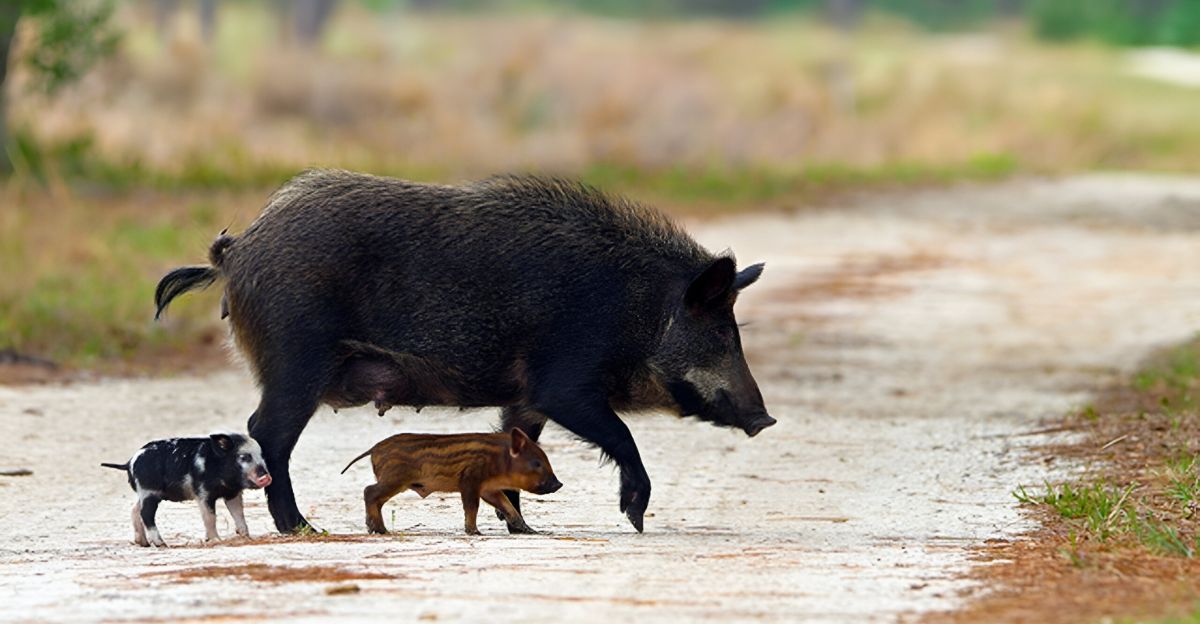
California has an estimated population of roughly 400,000 feral hogs found in 56 of the state’s 58 counties. Their feral hog populations are unique, however, as they are a hybrid of domesticated pigs and European wild boars. This significant population accounts for the state’s licensed hunting laws, which allow for unlimited possession.
10. Alabama
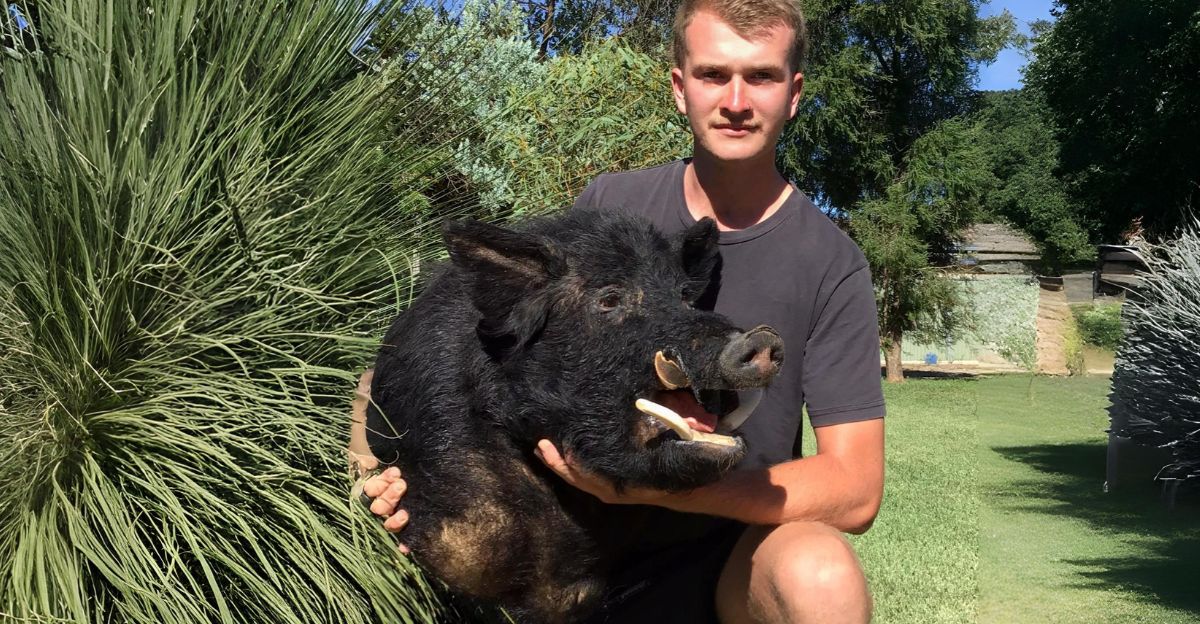
Alabama has 590 reports of feral hogs that have a large population and no major predators, posing a serious threat to native wildlife and agricultural crops. As such, these animals are considered game, with year-round hunting allowed on private lands. This state could be used to research the ecological effects of unchecked invasive species growth and the effectiveness of unlimited hunting.
Public Awareness is Key
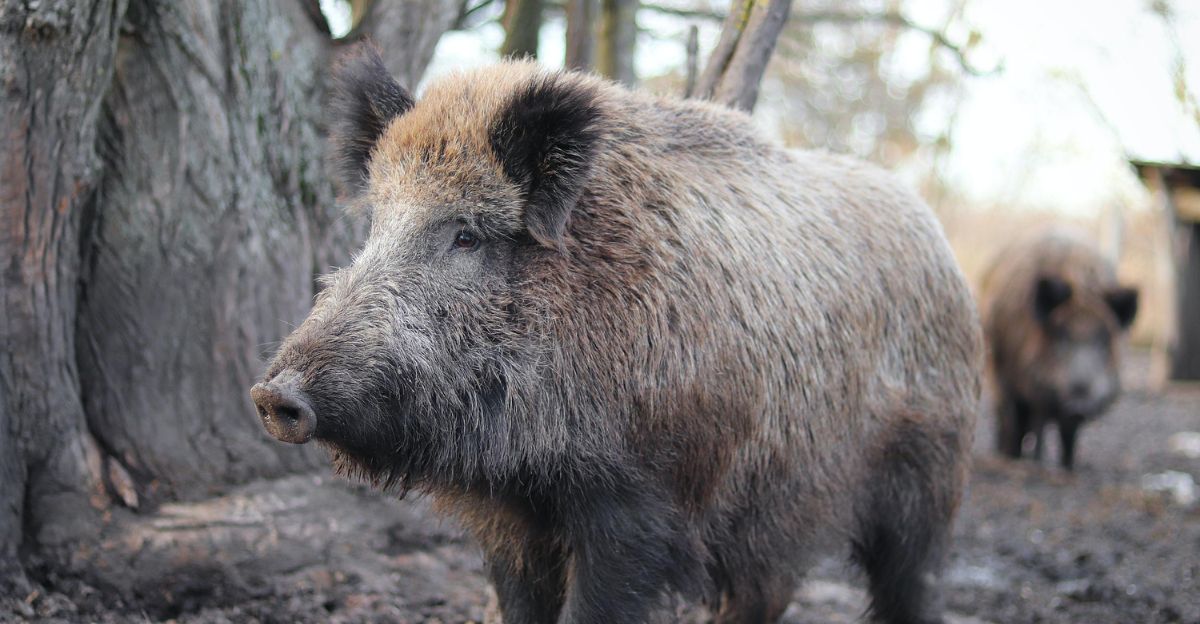
Public education is significant in addressing the issue. Educating residents allows communities to be conducive to eradication efforts. This includes reporting sightings, assisting in hunting and trapping operations, and acting as a voice for policies designed to deter unlawful movement of wild hogs. Greater awareness can further encourage residents to collaborate with local authorities in an effort to minimize the harm caused by the invasive animals.
Explore more of our trending stories and hit Follow to keep them coming to your feed!

Don’t miss out on more stories like this! Hit the Follow button at the top of this article to stay updated with the latest news. Share your thoughts in the comments—we’d love to hear from you!







